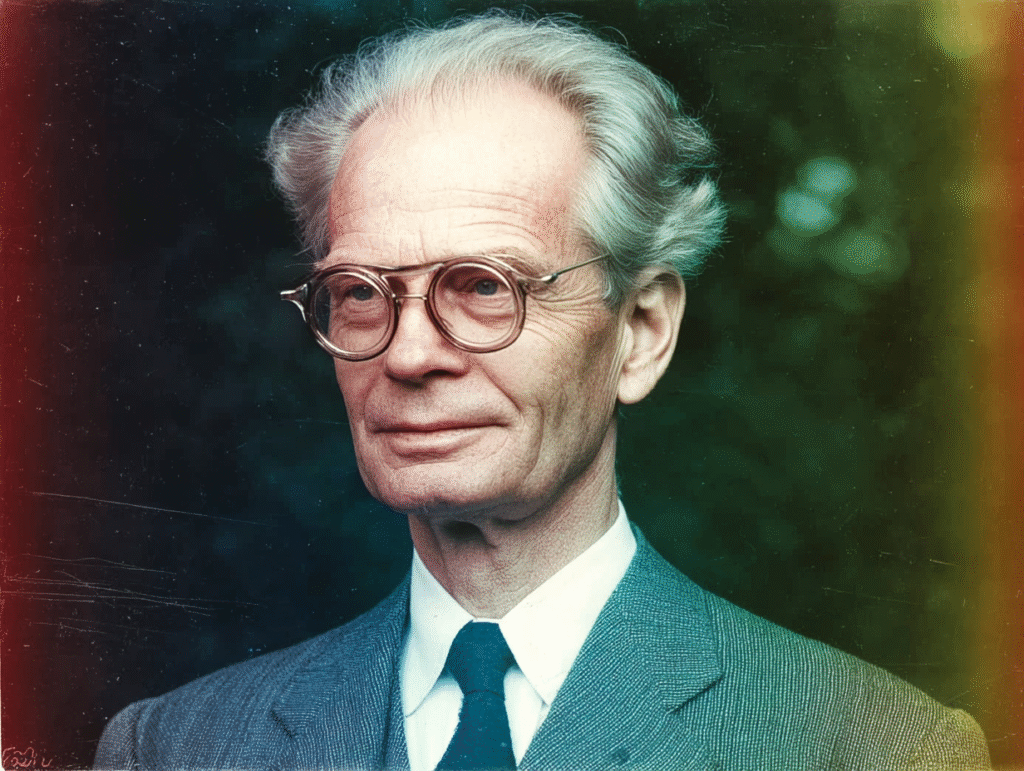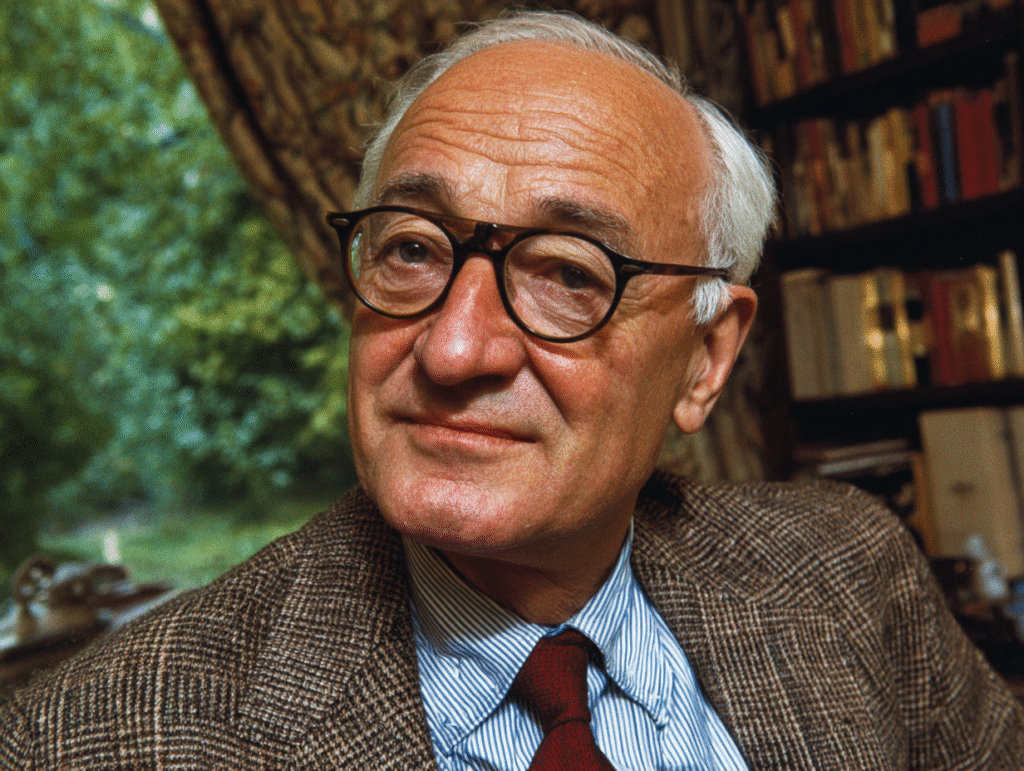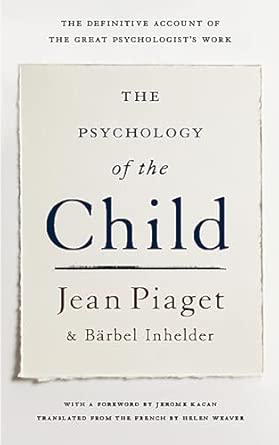Introduction to Child Development Theories
Child development theories are crucial frameworks that help in understanding the psychological growth and developmental milestones of children. These theories encompass a wide range of perspectives, encompassing biological, cognitive, emotional, and social aspects of growth. As children undergo various stages of development, these theories assist psychologists, educators, and parents in recognizing how children think, learn, and interact with their surroundings. They lay the groundwork for practices that support optimal development and address any potential challenges that may arise during the formative years.
The significance of these theories cannot be overstated, as they have shaped educational practices, influenced policy-making, and guided child-rearing practices. For example, theories by seminal figures like Jean Piaget and Erik Erikson have provided profound insights into cognitive and psychosocial development, respectively. Piaget’s theory emphasizes the stages of cognitive development, highlighting how children acquire knowledge and understanding through interactions with their environment. Similarly, Erikson’s psychosocial stages address the importance of social relationships and identity formation throughout the lifespan, beginning in childhood.
Over the years, child development theories have evolved, adapting to new research findings and cultural contexts. This evolution reflects not only advancements in psychological research but also a growing understanding of the diverse experiences of children. The shift from viewing children as passive recipients of knowledge to recognizing them as active participants in their learning process has marked a significant change in the field. Consequently, modern theories incorporate an integrative approach, blending insights from various disciplines such as neuroscience, sociology, and education.
As we embark on a retrospective exploration of these theories, it is essential to acknowledge key theorists who have contributed to our understanding of child development, as well as the implications these theories hold for contemporary practices in parenting and education.

Jean Piaget: The Pioneer of Cognitive Development
Jean Piaget is a seminal figure in the field of psychology, renowned for his groundbreaking work in the area of cognitive development. His theories have significantly shaped our understanding of how children acquire knowledge and gradually develop their cognitive abilities through various stages. Piaget proposed a systematic framework comprising four stages of cognitive development: sensorimotor, preoperational, concrete operational, and formal operational. Each of these stages represents distinct phases in a child’s intellectual maturation.
The sensorimotor stage, occurring from birth to approximately two years of age, marks the beginning of a child’s cognitive growth. During this stage, children learn about the world through their senses and motor activities. They develop object permanence, understanding that objects continue to exist even when out of sight. This foundational stage sets the groundwork for future cognitive development.
Following the sensorimotor stage, Piaget identified the preoperational stage, which spans from ages two to seven. Children in this phase begin to engage in symbolic play and exhibit egocentric thinking, having difficulty in understanding different perspectives. They use language to convey thoughts and engage with their environment, but their reasoning is characterized by limitations.
As children enter the concrete operational stage, which lasts from approximately seven to eleven years, they start to think logically about concrete events and gain a better understanding of basic mathematical concepts. They become more adept at classifying objects and understanding the principles of conservation, which indicates significant cognitive advancements.
The final stage, formal operational, begins around age twelve and continues into adulthood. In this stage, individuals develop the ability to think abstractly and evaluate hypothetical situations. They can reason systematically, engage in deductive reasoning, and think about moral, philosophical, and scientific propositions. Piaget’s theories have laid essential groundwork for modern psychology and educational approaches, emphasizing the active role of children in their own cognitive development.

Lev Vygotsky: The Social Constructivist Perspective
Lev Vygotsky, a prominent figure in the domain of child development, introduced pivotal theories that reshaped our understanding of the learning process. His social constructivist perspective emphasizes the importance of social interactions and cultural contexts in cognitive development. Unlike Jean Piaget, who championed the idea of individualistic learning through stages, Vygotsky proposed that knowledge is co-constructed through collaborative dialogue and shared experiences, underscoring the role of society in shaping the mind.
A central concept of Vygotsky’s theory is the Zone of Proximal Development (ZPD), which delineates the range of tasks that a child can perform with the assistance of a more knowledgeable other, such as a teacher or a peer. This concept emphasizes that learning is not merely about individual capability but rather a dynamic interplay between the learner and their social environment. The ZPD illustrates that children may be capable of achieving goals beyond their independent abilities if given appropriate support, highlighting the significance of instructional scaffolding. This idea has substantially influenced modern educational practices, leading to collaborative learning strategies and peer tutoring initiatives.
Vygotsky’s theories also introduced the notion of cultural tools and symbols, such as language, which serve as mediators in the process of learning. Language, in particular, plays a crucial role in thought development, as it enables children to communicate their ideas and negotiate meaning within their social context. The contrast between Vygotsky’s and Piaget’s theories is noteworthy; while Piaget focused on stages of cognitive development, Vygotsky emphasized the interplay of social interaction and cultural context in shaping a child’s learning experiences.
Overall, Vygotsky’s contributions provide valuable insights into child development, illustrating that learning is fundamentally a social endeavor. His ideas continue to resonate in contemporary education, where the emphasis on collaborative learning environments aligns with the principles of social constructivism, fostering a more integrated approach to understanding how children learn and grow.

Erik Erikson: Stages of Psychosocial Development
Erik Erikson, a prominent developmental psychologist, proposed a comprehensive theory of psychosocial development that outlines eight distinct stages across the human lifespan. Each stage is characterized by a central conflict or challenge that individuals must navigate in order to develop a healthy personality and establish a strong sense of self. These psychosocial stages emphasize the essential role of social experiences and interactions throughout life, illustrating how relationships significantly shape development from infancy to adulthood.
The first stage, trust versus mistrust, occurs from birth to approximately 18 months. During this period, infants learn to trust their caregivers to meet their basic needs. A positive outcome fosters a sense of security, while failure can lead to feelings of anxiety and insecurity. The second stage, autonomy versus shame and doubt, takes place from 18 months to 3 years, allowing toddlers to assert their independence. Successful navigation encourages confidence, while consistent criticism or overprotection may lead to feelings of shame.
Initiative versus guilt marks the third stage, from ages 3 to 6, where children begin to initiate activities and take leadership roles. If encouraged, they develop initiative; if discouraged, they may experience guilt over their efforts. The fourth stage, industry versus inferiority, occurs between ages 6 and 12, as children strive to gain competence in various skills. Success fosters a sense of industry, while failure may lead to feelings of inferiority.
As adolescents, individuals face identity versus role confusion, the fifth stage, where they explore personal identity and social roles. The successful establishment of identity leads to a strong sense of self. The next stages involve intimacy versus isolation in young adulthood, followed by generativity versus stagnation in middle adulthood, and finally, integrity versus despair in late adulthood. Each of these stages emphasizes the importance of social interaction, which is crucial for positive development throughout life.

B.F. Skinner: Behaviorism and Conditioning
B.F. Skinner, a prominent figure in the field of psychology, significantly contributed to our understanding of child development through his development of behaviorism. He proposed that behavior could be understood and modified through the principles of operant conditioning, which emphasizes the role of reinforcement and punishment in shaping actions. Skinner’s theories suggest that children learn behaviors through a system of rewards and consequences, thereby providing a systematic explanation for behavioral changes over time.
At the core of Skinner’s operant conditioning theory is the idea that behaviors followed by positive reinforcement are more likely to be repeated, while those followed by negative consequences tend to diminish. For example, when a child receives praise or a tangible reward for completing a difficult task, they are encouraged to engage in similar behaviors in the future. This principle has profound implications for both educational settings and parenting practices. It advocates for strategies that promote positive behavior reinforcement rather than solely focusing on punitive measures.
Skinner also distinguished between types of reinforcement: positive reinforcement involves adding a pleasant stimulus to increase behavior, while negative reinforcement entails the removal of an unpleasant stimulus to foster the desired action. Additionally, punishment can serve to decrease the likelihood of undesired behaviors, but Skinner emphasized that it may not be as effective as reinforcement. His research encouraged educators and parents to constructively guide children’s behavior through a structured environment where appropriate responses are encouraged, thereby enhancing learning experiences and developmental outcomes.
Overall, Skinner’s behaviorism provides valuable insights into the mechanisms of learning in children. By understanding the processes of operant conditioning, caregivers and educators can foster an environment that effectively shapes behavior, ultimately contributing to positive child development. Skinner’s legacy in behaviorism continues to inform modern educational practices and parenting strategies, highlighting the importance of reinforcement in shaping young minds.

Albert Bandura: Social Learning Theory
Albert Bandura, a prominent psychologist, revolutionized the understanding of child development through his formulation of social learning theory. This theory posits that children learn behaviors not solely through direct reinforcement or punishment but significantly through observation and imitation of others. Bandura emphasized the importance of modeling, whereby children adopt behaviors observed in significant figures, such as parents, peers, or media characters. This perspective marked a shift from traditional behaviorist views that stressed learning through conditioning mechanisms alone.
One of Bandura’s most notable contributions to the field was the groundbreaking Bobo doll experiment conducted in the early 1960s. In this experiment, children were exposed to an adult model who either exhibited aggressive behavior towards a Bobo doll or displayed non-aggressive behavior. The findings demonstrated that children who observed the aggressive model were more likely to imitate that behavior when given the opportunity to interact with the doll themselves. This experiment highlighted not only the power of observational learning but also suggested a process through which aggression can be learned and perpetuated in children.
Bandura proposed that several factors influence observational learning, including attention, retention, reproduction, and motivation. During the process of attention, children closely observe the actions of a model, while retention ensures that the observed behavior is stored in memory for later use. The reproduction phase involves the child’s ability to replicate the behavior, and motivation dictates whether the child will enact the learned behavior based on perceived rewards or punishments.
Through his work, Bandura provided valuable insights into mechanisms of learning and behavior that extend beyond mere trial and error, significantly influencing both child development theory and practices in educational and clinical settings. His research underscored the relevance of social contexts and interactions in shaping children’s behaviors and developmental trajectories.

Attachment Theory: John Bowlby and Mary Ainsworth
Attachment theory, primarily articulated by John Bowlby and later expanded by Mary Ainsworth, emphasizes the critical role of early relationships in child development. Bowlby posited that the bonds formed between infants and primary caregivers significantly influence emotional and social development throughout life. He suggested that these attachments serve as a secure base from which children explore their environment and learn to interact with others. The quality of these early attachments can dictate how individuals respond to future relationships, shaping their capacity for intimacy, trust, and dependence.
Ainsworth’s contributions are particularly notable through her pioneering research, which identified different attachment styles: secure, anxious-ambivalent, and avoidant. In her famous “Strange Situation” study, Ainsworth observed how infants interacted with their mothers in a controlled environment. Infants categorized as securely attached showed distress upon separation but quickly sought comfort upon the return of their caregiver. Conversely, those identified as anxious-ambivalent displayed high levels of distress and were ambivalent upon reunion, while avoidantly attached infants tended to ignore or avoid their caregivers altogether. Each of these styles reflects the varying dynamics of caregiver interaction and responsiveness, and they highlight the profound implications these early experiences have on behavior and emotional regulation later in life.
Furthermore, the impacts of these attachment styles can extend beyond childhood, influencing adult relationships and emotional well-being. Research has shown that individuals with a secure attachment typically exhibit healthier relationships, while those with insecure attachments may face challenges in trusting others and forming intimate connections. As such, understanding attachment theory is essential for both parenting practices and therapeutic interventions aimed at addressing relational issues. The work of Bowlby and Ainsworth continues to resonate today, providing invaluable insights into the significance of early relationships and their enduring effects on individual development.
Contemporary Perspectives in Child Development
In recent decades, child development theories have evolved significantly, incorporating insights from various disciplines such as psychology, neuroscience, and education. Contemporary theories build upon foundational theories proposed by early theorists like Piaget and Erikson, yet they also introduce new methodologies and understandings of child psychology that reflect the complexities of modern society.
Modern cognitive development theories emphasize the role of social interaction in learning, a concept that has gained prominence through Vygotsky’s work. His idea of the Zone of Proximal Development (ZPD) illustrates how social contexts influence cognitive growth. This perspective aligns well with current educational practices, which emphasize collaborative learning and the importance of cultural tools in shaping cognitive skills.
Emotional development has also become a critical area of research within contemporary perspectives. Theories such as attachment theory have evolved to explore the nuances of parent-child relationships and their impact on emotional regulation and social competence. Current studies continue to examine how secure attachments not only foster emotional well-being but also affect peer relationships and academic performance in later childhood.
Furthermore, social development theories have expanded to include the influence of technology and media on children’s interactions. Research is increasingly focused on how digital tools affect social skills, identity formation, and peer relationships. The digital age presents unique challenges and opportunities for child development, prompting theorists to reassess traditional models in light of these new variables.
In integrating these contemporary theories, it is evident that modern child development research reflects a more comprehensive understanding of how diverse factors influence growth. By blending traditional theories with current findings, professionals can better address the multifaceted needs of children in today’s society, thereby supporting optimal development across cognitive, emotional, and social domains.
Some of the links on this blog are affiliate links, which means I may earn a commission if you make a purchase using the link. This comes at no additional cost to you. I only recommend products or services that I believe in and think will be valuable to my readers. I am also hoping you might consider purchasing my book 101 Art Therapy Exercises for Children: A Practical Guide for Parents and Mental Health Professionals. Thank you for supporting this blog!
 Rostislava Buhleva-Simeonova is a psychologist, art therapist, and gamificator. She has worked with children, adults, and the elderly within various therapeutic programmes over the past eight years, all the while providing the much-needed playful twist that art and gamified experiences can bring to this sometimes uneasy setting. But it wasn’t until the birth of her daughter, Aurora, that this work took on an even deeper personal meaning. With her academic and real-life experience, honed through numerous trainings and sessions, she is currently authoring books and articles in the field of child psychology and development, offering expertise in art and play therapy to guide parents and caregivers, as well as professionals in the fields of social work and mental health, throughout various pivotal moments in children’s lives. Last but not least, all of her books have been “peer-reviewed” by her daughter, who testifies to the efficiency of these methods.
Rostislava Buhleva-Simeonova is a psychologist, art therapist, and gamificator. She has worked with children, adults, and the elderly within various therapeutic programmes over the past eight years, all the while providing the much-needed playful twist that art and gamified experiences can bring to this sometimes uneasy setting. But it wasn’t until the birth of her daughter, Aurora, that this work took on an even deeper personal meaning. With her academic and real-life experience, honed through numerous trainings and sessions, she is currently authoring books and articles in the field of child psychology and development, offering expertise in art and play therapy to guide parents and caregivers, as well as professionals in the fields of social work and mental health, throughout various pivotal moments in children’s lives. Last but not least, all of her books have been “peer-reviewed” by her daughter, who testifies to the efficiency of these methods.











